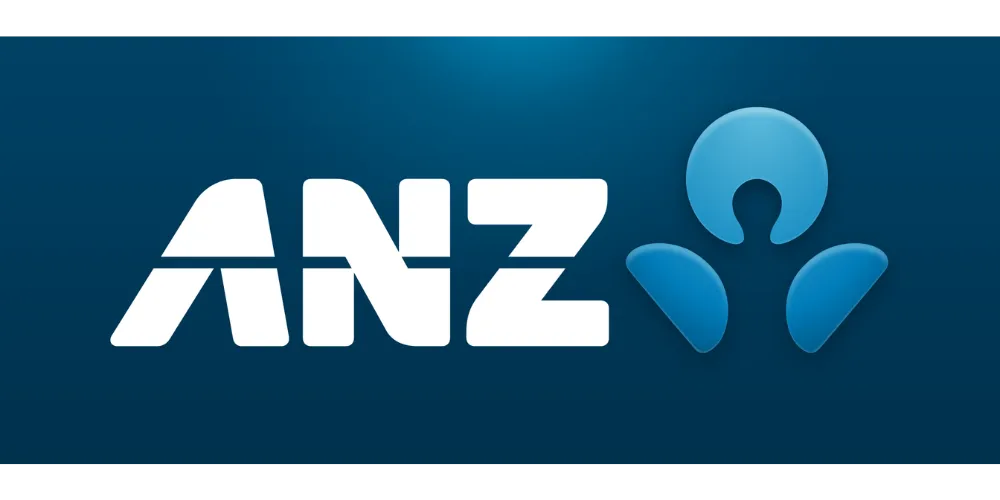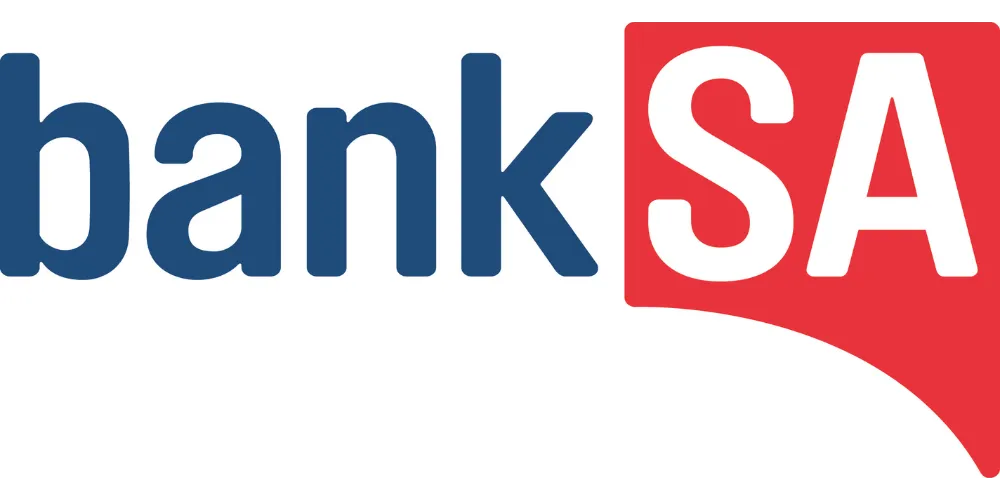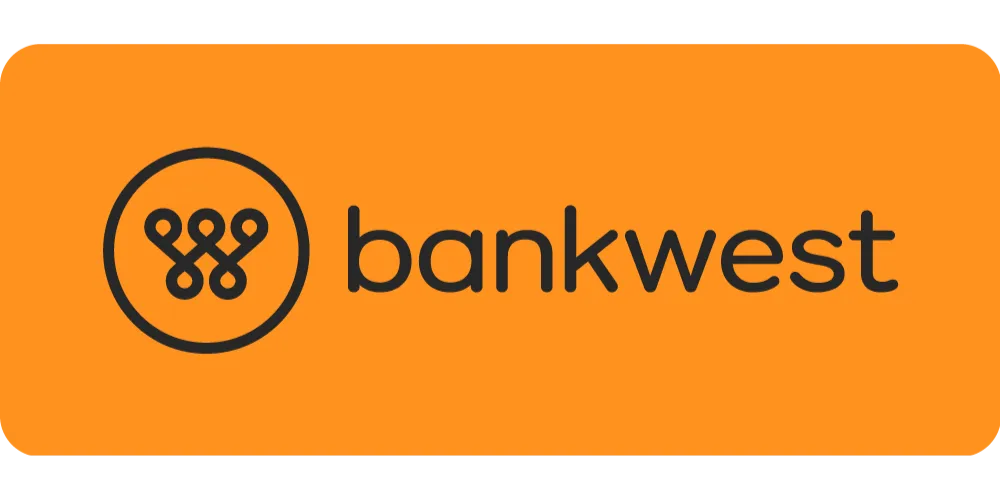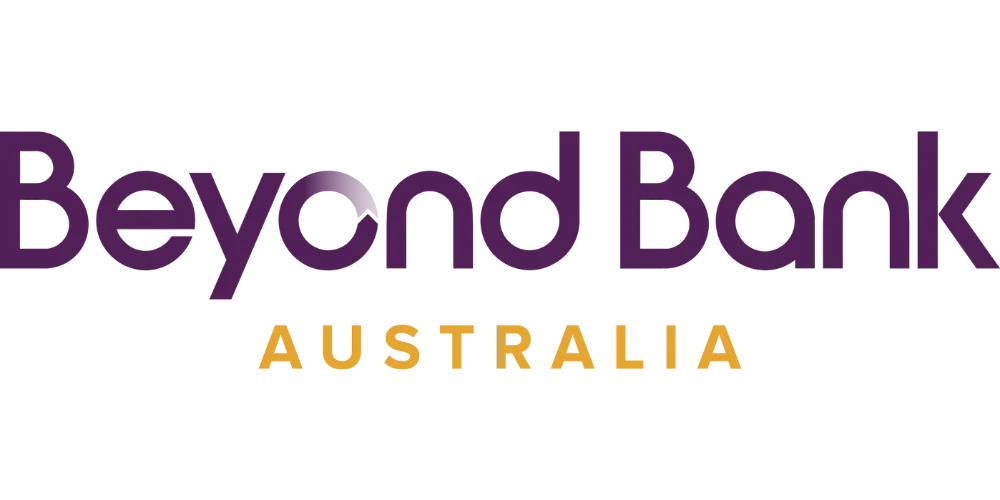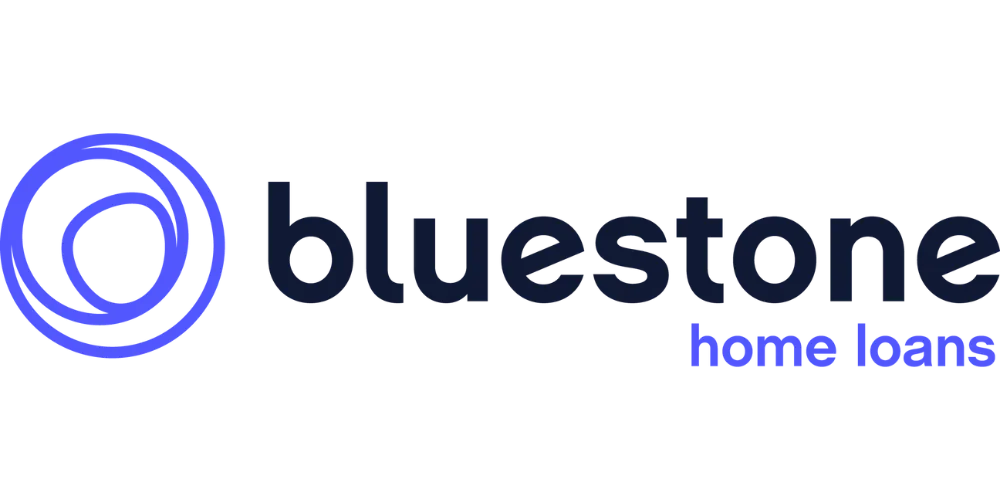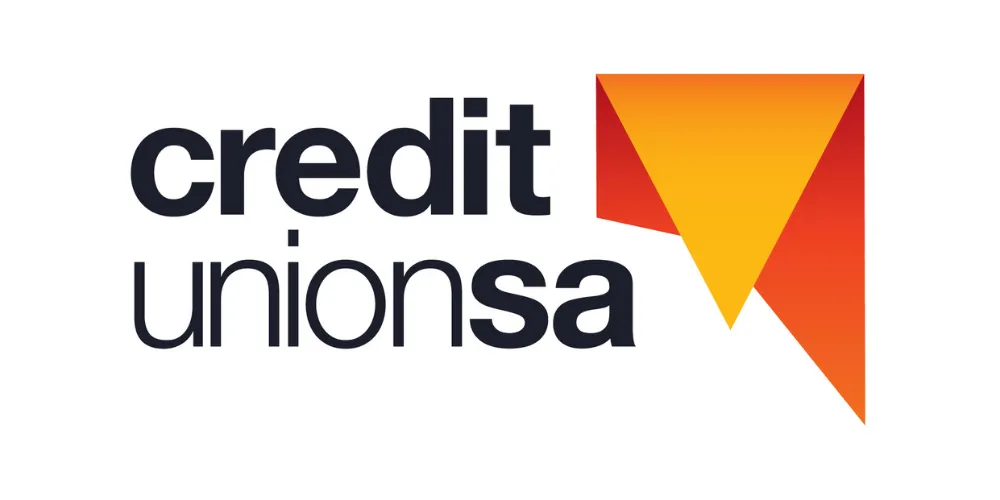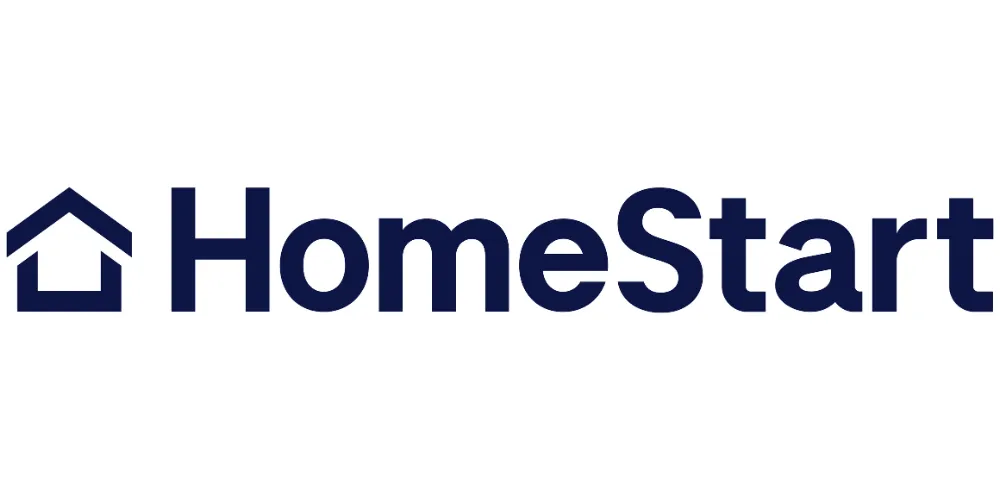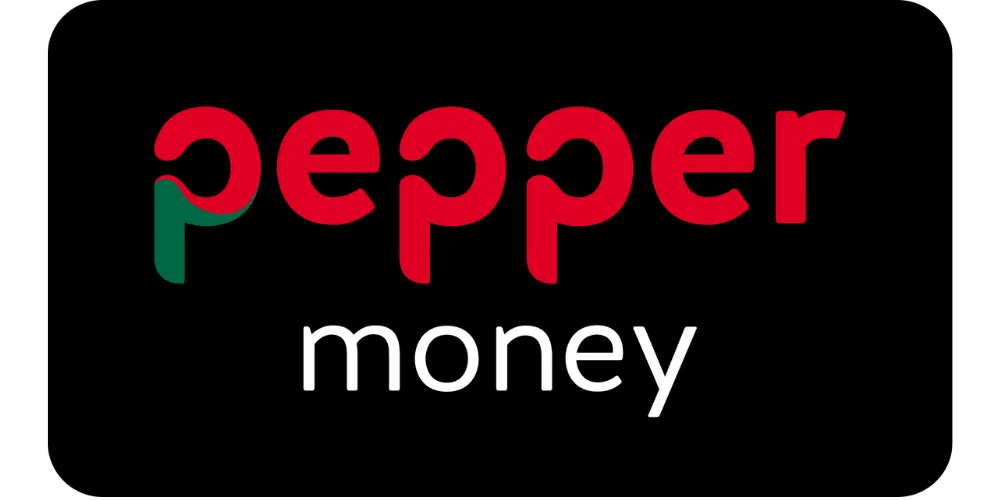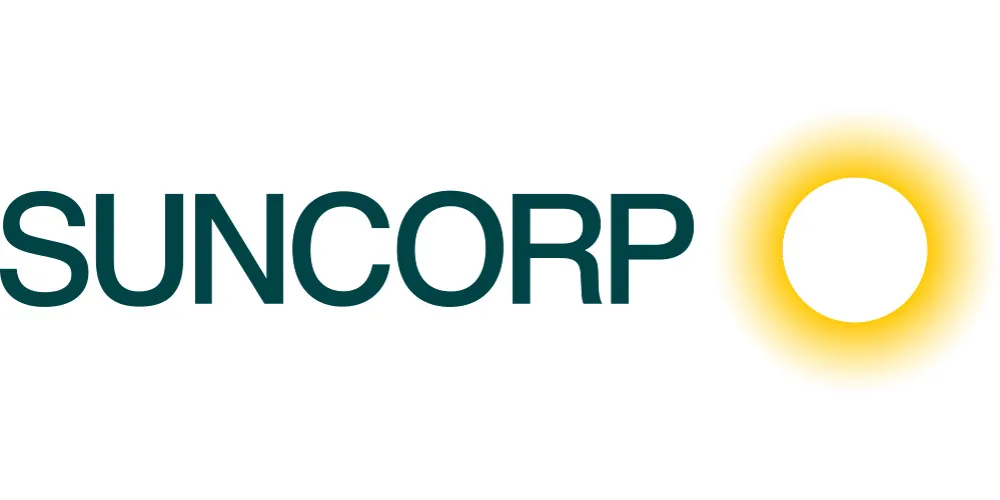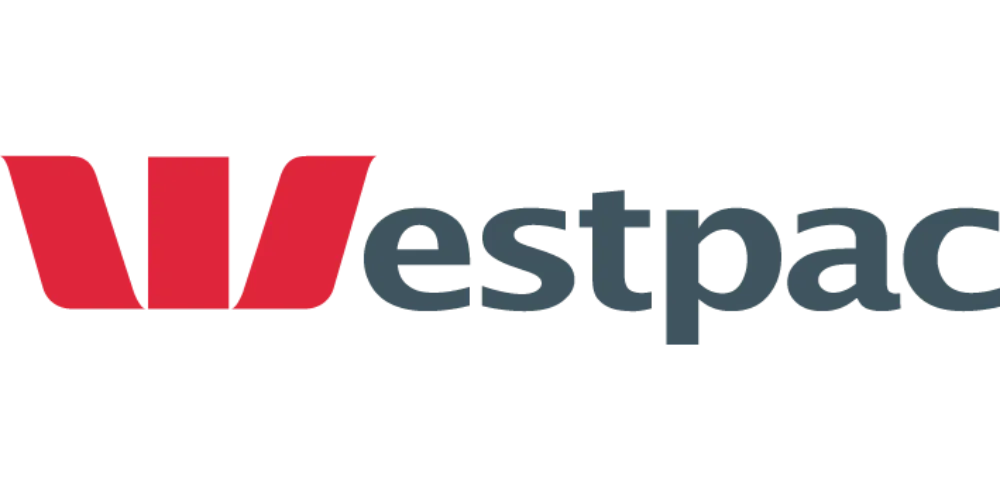Owning a home is a dream for many, but for some, it can feel out of reach due to financial constraints. However, innovative solutions like HomeStart's Shared Equity Option home loan are changing the landscape of homeownership, making it more accessible and achievable for individuals and families. In this article, we'll delve into what HomeStart's Shared Equity Option entails, how it works, and the benefits it offers to aspiring homeowners.
Understanding shared equity
Shared Equity is a housing finance model that allows individuals to purchase a property with increased financial assistance from the lender. This shared ownership arrangement enables individuals to potentially purchase a home at a higher price without increasing their minimum repayments.
HomeStart Finance, a South Australian government funded lender, offers a Shared Equity Option home loan designed to help first-time buyers and low to moderate-income earners achieve their homeownership goals. Here's how it works:
What is the Shared Equity Option?
The Shared Equity Option allows you to borrow up to 25% of the purchase price as an interest-free and repayment-free loan.
This interest-free loan sits alongside your primary loan and provides funds in addition to the primary loan, which is based on your maximum borrowing capacity.
Rather than repayments being required on this loan, HomeStart will share a portion of the increased or decreased value of your property when you sell. If you refinance, HomeStart will share in the property valuation gain, but will not share in any loss.
Who can use a Shared Equity Option?
HomeStart’s Shared Equity Option is available to eligible borrowers with a maximum net household income of $100,000 pa.
Borrowers must be either Australian Citizens or Permanent Residents purchasing or refinancing a property in South Australia to live in.
Whilst a Shared Equity Option could be used to refinance an existing home loan, the most common use is for first home buyers struggling to get into the market, or people going through a marital separation who want to keep their family home or purchase their next home, but are struggling to demonstrate enough borrowing capacity to do so.
Why use the Shared Equity Option?
One of the significant advantages of the Shared Equity Option is that it allows buyers to purchase a property which they may not have been able to service through a traditional home loan. The repayments for the primary loan are likely to be similar to repayments through other lender options, but the purchase price could potentially be significantly higher.
This increased borrowing power can significantly lower the barrier to homeownership for those who are struggling to demonstrate affordability in the current property market.
How much could I borrow?
The amount of the Shared Equity Option may be up to 25% of the lesser of the property purchase price or the property valuation. The Shared Equity Option cannot be greater than your primary loan and is capped at a maximum of $200,000.
The maximum limit of the primary loan will still be determined by a number of other factors, including your borrowing capacity and available deposit.
Why do I share my appreciation gain?
HomeStart provides a Shared Equity Option to you and has to cover the interest costs on that loan until you sell your property or refinance your loan. HomeStart borrows this money and must pay the interest costs for the time until the Shared Equity Option is discharged, so they must eventually receive money to cover the costs that were incurred.
These costs are recovered when the Shared Equity Option portion of your loan is repaid by taking a pre-determined share in the appreciation of the property.
When does the Shared Equity Option have to be paid out?
There is no pre-determined loan term. The Shared Equity Option and adjustments for “appreciation” or “depreciation” are repaid when the customer sells or refinances their property. There is no regular repayment required to the Shared Equity Option.
You are still required to make regular payments to your Primary Loan. You can repay your Primary Loan without paying out your Shared Equity Option.
Who owns the property?
You will be the registered owner of the property. HomeStart will register a first mortgage for the HomeStart Loan and the Shared Equity Option.
Do I have to live in the property, or can I use it as an investment property?
The property must be your principal place of residence - so, no, you cannot use it as an investment property.
If you choose to rent out the property at a later date, the Shared Equity Option must be repaid in full at that time.
Can I pay a voluntary payment to the Shared Equity option?
Yes, lump sum payments of at least $10,000 can be made at any time; however, a valuation is required. The value determined is then used to calculate the effect of the lump sum voluntary payment on the reduction of HomeStart’s share.
How is the payout figure calculated?
When you advise HomeStart that you wish to repay the Shared Equity Option, the amount you need to repay to HomeStart will be determined with reference to a property valuation or sale price, whichever is higher.
The value of the appreciation or depreciation will then be applied to your Shared Equity Option balance to determine the payout figure. The Shared Equity Option as a percent of the purchase price or valuation of the property (whichever was lesser) at the time of settlement is applied to the appreciation or depreciation in property value. This determines HomeStart's share in any gain or loss.
HomeStart will share in the gain or loss of the property value if the loan is paid out due to a sale. If the loan is refinanced to a different lender, HomeStart will not share in any loss.
What are the risks of a Shared Equity arrangement?
If setting up a home loan using the Shared Equity option, it is important that you understand the differences between this type of loan and a standard loan arrangement.
One of our brokers can help you calculate potential future payout figures based on scenarios, to take into consideration various potential increases to the property’s value.
HomeStart loans can have a higher interest rate than other lenders’ options, so the interest rate on the Primary Loan may be higher than it would be in a traditional lending situation.
Repayments on the Primary Loan may be higher than other loan scenarios; however, this will not necessarily be the case, as HomeStart calculates their repayments quite differently to other lenders. With HomeStart, repayments are initially set based on the borrower’s affordability rather than a calculation based on the interest rate and loan term. This can mean that there are instances where the repayments are actually lower than the interest being charged. The risk there is that interest can be accrued to the loan, making the eventual payout figure for the primary loan higher in the long term.
Conclusion
HomeStart's Shared Equity Option is a great example of ways that lenders are working to help borrowers in a market where increased property prices and interest rates are making it more difficult to purchase or keep a property.
This style of loan is more complex than many other loan options, so it is important that you speak with your broker to determine if this is the option that best suits your needs.



